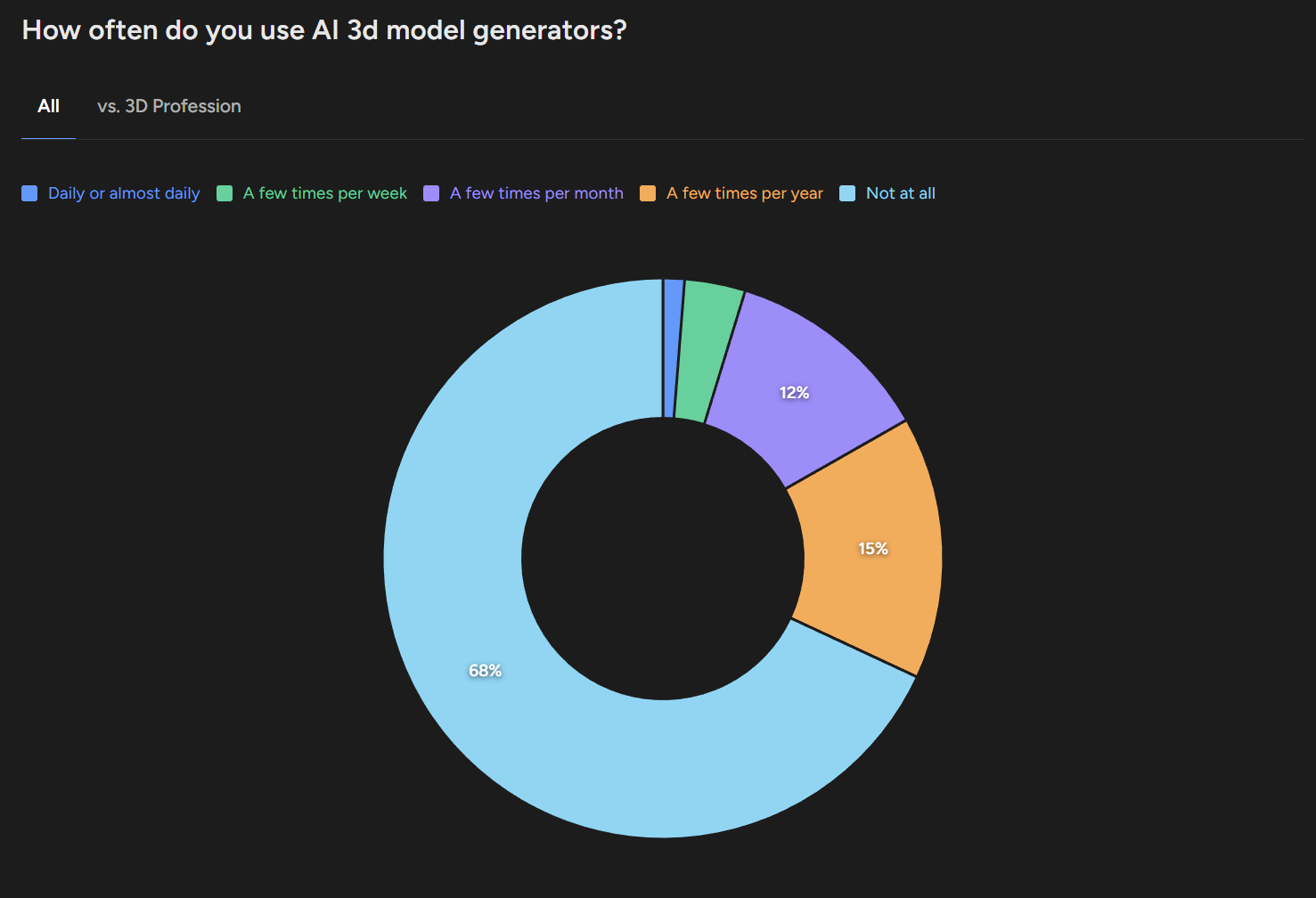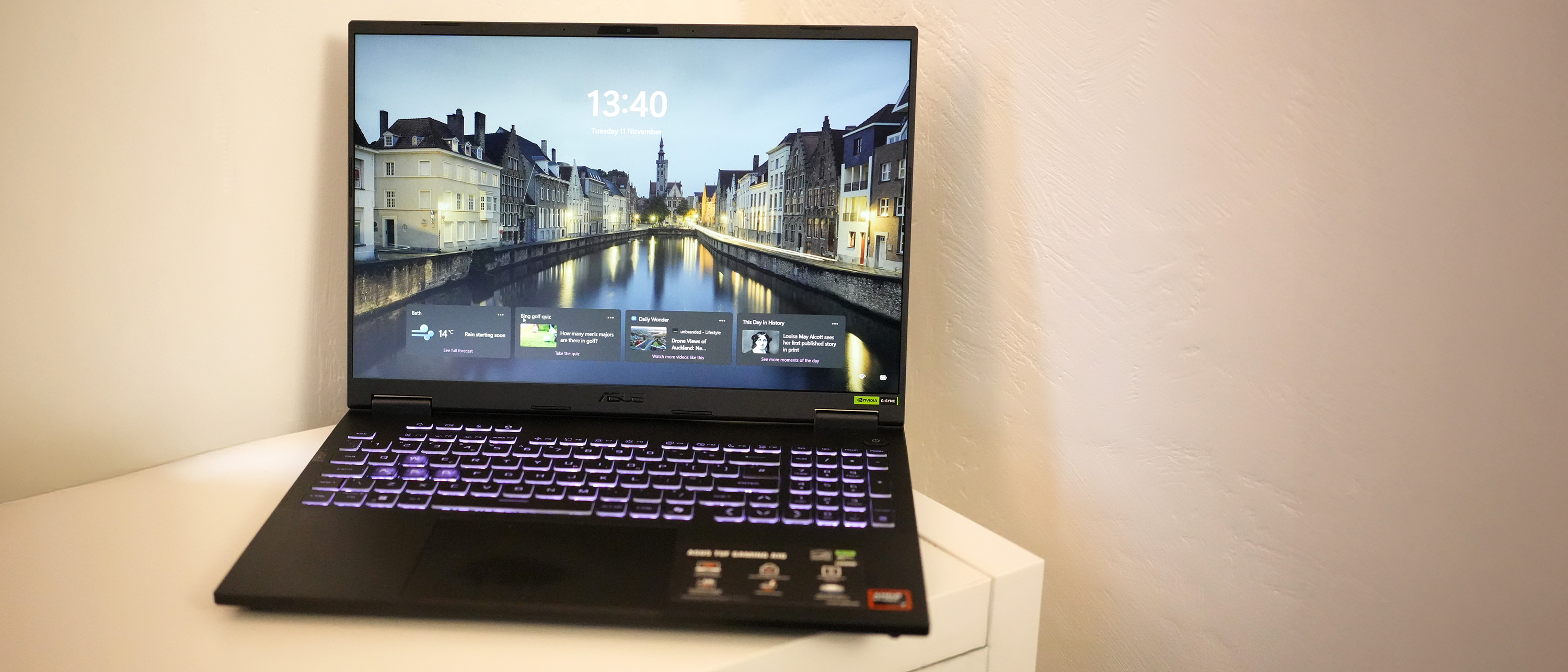AI art seems to be everywhere, from social media content created for quick engagement to games on Steam and even Coca-Cola's Christmas ad. But how prevalent is the use of generative AI among creatives?
The tech is such a controversial and potentially radical force for change in the creative industries, that a range of surveys are trying to get a handle on how much it's really being used and by whom. So far, there have been some widely divergent findings.
Envato’s recent survey on the State of AI in Creative Work suggested that nearly half of all creative professionals now use AI tools daily, leading to the emergence of an AI-native generation that it's necessarily sure about what it's doing. But another survey now suggests that this uptake hasn't carried over into 3D art, at least not whjen it comes to AI image generators.

Poliigon, the 3D resource library founded by Andrew Price, has published State of 3D 2025, its latest annual survey of 3D artists. It received 3,779 responses from 3D artists around the world via its own newsletter, the This Week in 3D Newsletter and social media.
According to the responses, only 22 per cent of 3D artists use AI in their work daily or a few times a week. That's despite 46% of companies having no restrictions on the use of AI, while only 9% ban all AI use. Some 26 per cent of respondents said they never used AI image generators and 24% used them only a few times per year.
As for AI 3D model generators, usage was even lower. Some 68% said they never used them, and under 5% said they used them daily or a few times a week while 15% said they used them a few times a year.

Among those who do use AI 3D model generators, there were more non-professionals than professional artists. And the majority of people who say said they use image generators used them for concept art or look dev – although 18% of all respondents said they used AI generators for final assets.
Daily design news, reviews, how-tos and more, as picked by the editors.
While some see the survey was a rejection of generative AI for 3D work, it may also be the case that the tech still just isn't good enough for creating final 3D assets. 3D model generators remain severely limited compared to image generators.
Other data from the survey suggests that the advertising industry remains the dominant source of 3D work, while Blender was the most-used software among 3D artists (79% of respondents).
Blender was followed by Photoshop (56%), Substance Painter (29%) and Unreal Engine (27%). However, Houdini scored best when respondents were asked to rate how well their software of choices meets their needs (see our guide to the best 3D modelling software for more options).
As for model libraries, CG Trader is now ahead of TurboSquid in the survey. Almost three quarters of respondents had fewer than 10 years experience in the industry, and the majority were aged between 25 and 44. Over a quarter earn under $20,000 a year. Those with a degree in a related field (nearly half of participants) tend to earn slightly more.

Joe is a regular freelance journalist and editor at Creative Bloq. He writes news, features and buying guides and keeps track of the best equipment and software for creatives, from video editing programs to monitors and accessories. A veteran news writer and photographer, he now works as a project manager at the London and Buenos Aires-based design, production and branding agency Hermana Creatives. There he manages a team of designers, photographers and video editors who specialise in producing visual content and design assets for the hospitality sector. He also dances Argentine tango.
You must confirm your public display name before commenting
Please logout and then login again, you will then be prompted to enter your display name.
